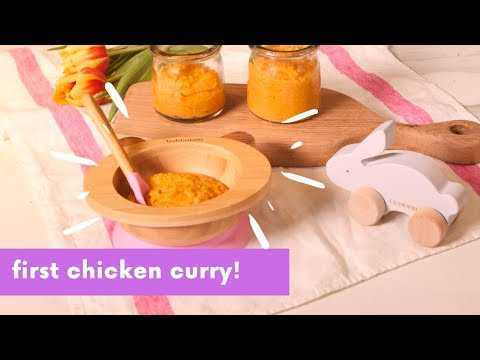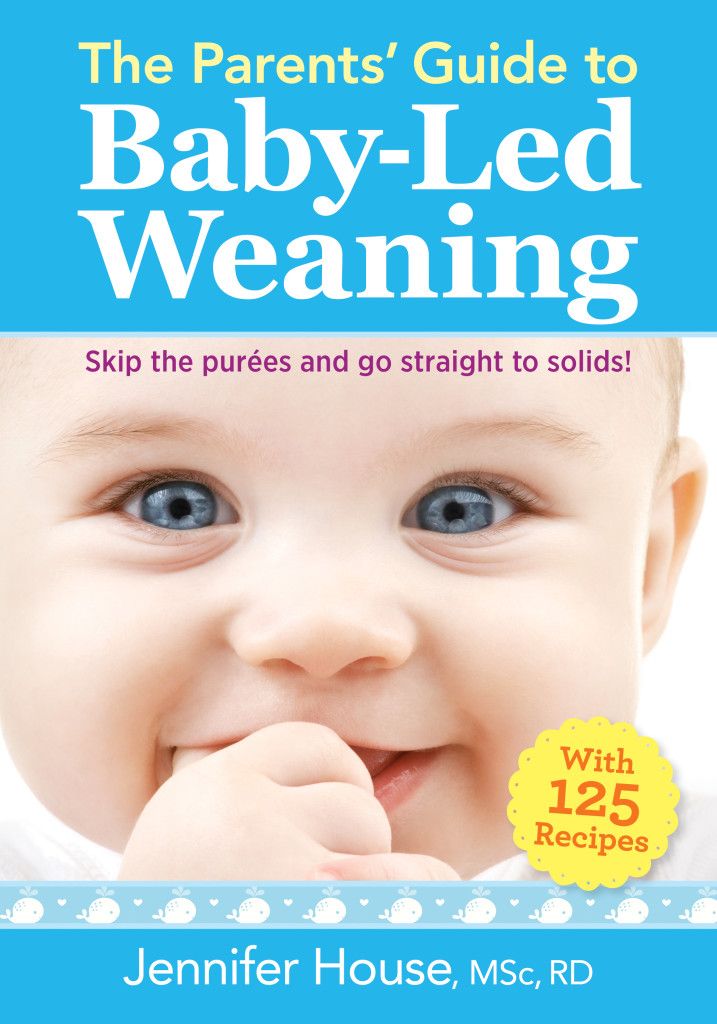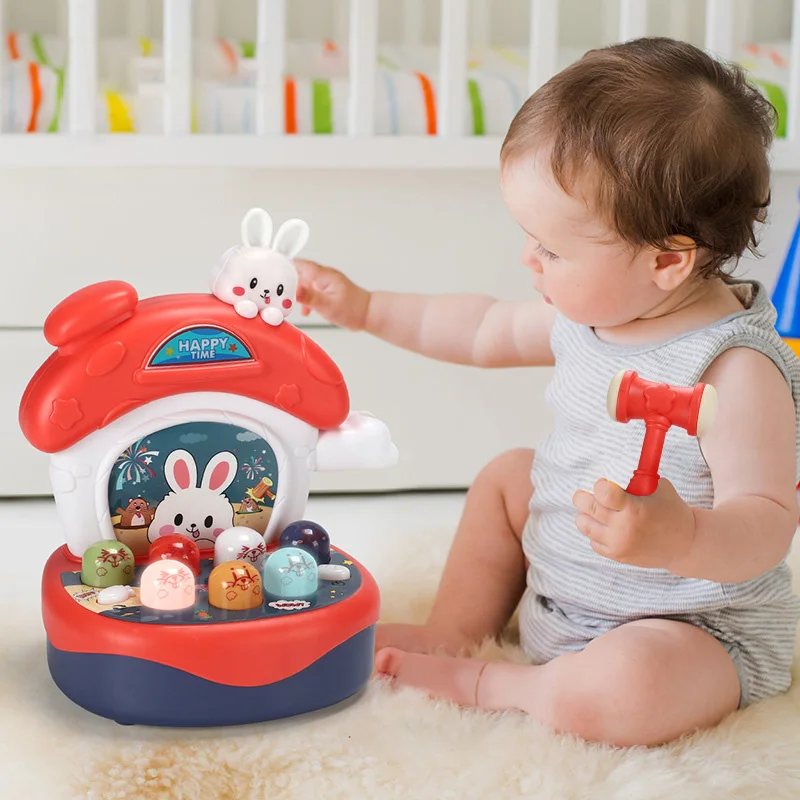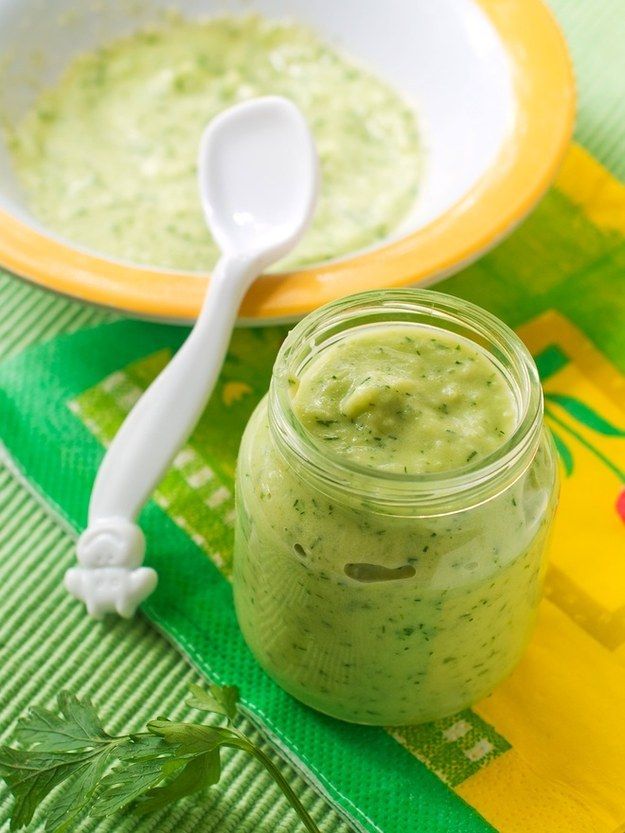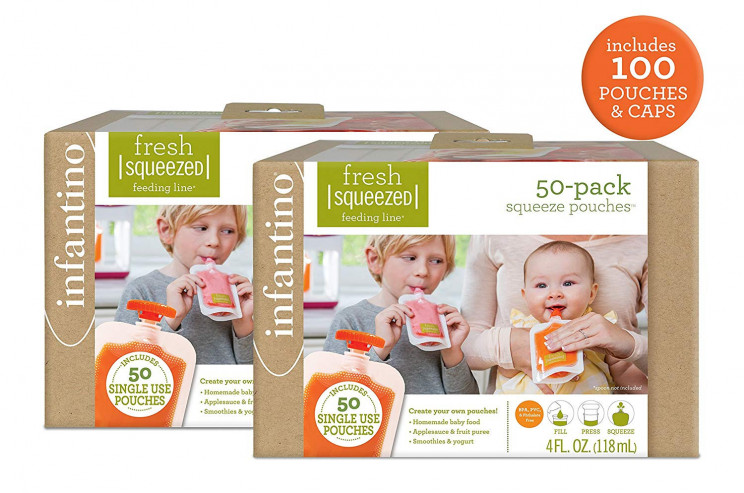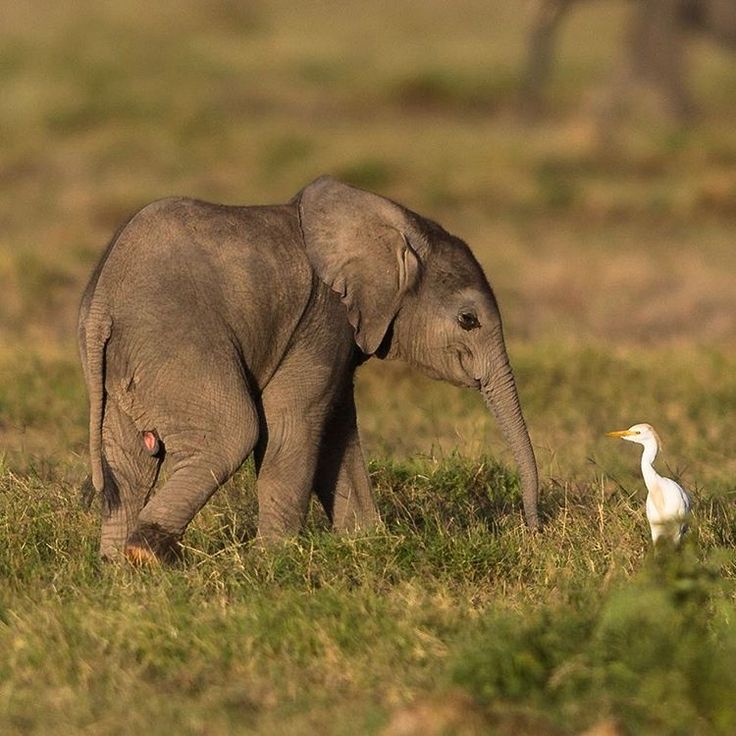Baby feeding and sleeping schedule template
The Ultimate Newborn Sleep Schedule: Week By Week
You’ve come to the right place for your newborn sleep schedule and sleep patterns. I will help teach you how to get your baby on a schedule, how much time in bed is actually needed, and day and nighttime solutions.
Table Of Contents..
- Week 1: What to do right out of the hospital
- Week 2: Fixing the day and night confusion and a 2 week old baby routine
- Week 3: Awake but drowsy and how it affects newborn sleep
- Week 4: How to get your newborn on a schedule
- Week 5: The feed that helps baby sleep longer stretches plus nighttime feeding recommendations
- Week 6: Choosing a morning wake time
- Newborn Sleeping & Feeding FAQ
When I was pregnant with my firstborn… I hadn’t babysat a child more than once or twice.
Much less a baby.
Much less a newborn that was as small as my forearm and was always hungry.
I read what I could, studied what I found, and now – as a mom of 5 – can safely say… getting your newborn to sleep well is totally possible.
I’ll show you how.
The Ultimate Newborn Sleep Schedule: Week By Week
There is some discussion as to whether a baby is a newborn for 28 days or up to 3 months.
For the purposes of my newborn sleep schedule and routine, I’m going to consider 6 weeks the newborn phase as it’s when you’ll do your most intensive cocooning.
Newborn Feeding Chart
Use this simple printable chart to track your feeds to make sure baby is fed, your supply is up, and everyone is well.
WEEK 1
In truth, during the first week there is one goal with regards to newborn sleep… encourage your newborn to take full feeds.
At one week old, of course, the baby doesn’t need to be put on a type of routine yet, but the best thing you can do for a one week old baby routine is to make sure they are taking full feeds.![]()
Right now, at one week, they are learning how to feed, sleep, and be alive! By helping them take full feeds you will know they are full and satisfied.
If they cry, whimper, or have discomfort an hour after a feed, you’ll know they aren’t fussing because they are hungry.
How to keep babies awake long enough to feed:
- Rub their feet and hands
- Wipe their forehead, neck, and face with a wet wipe
- Strip baby down to their diaper and un-swaddle or wrap them so they are not too warm and snug (Psst… here are beautiful nap and bedtime routine cards for your nursery)
- Burp thoroughly when you change nursing sides, or halfway through with the bottle
- Before a feeding, put your newborn on the ground for a little tummy time while you prepare to feed them, they’ll kick around and wake themselves up a bit
When you begin nursing, encourage your baby to take a full feed. This will vary depending on the baby, but it will not be 5 minutes, then falling asleep.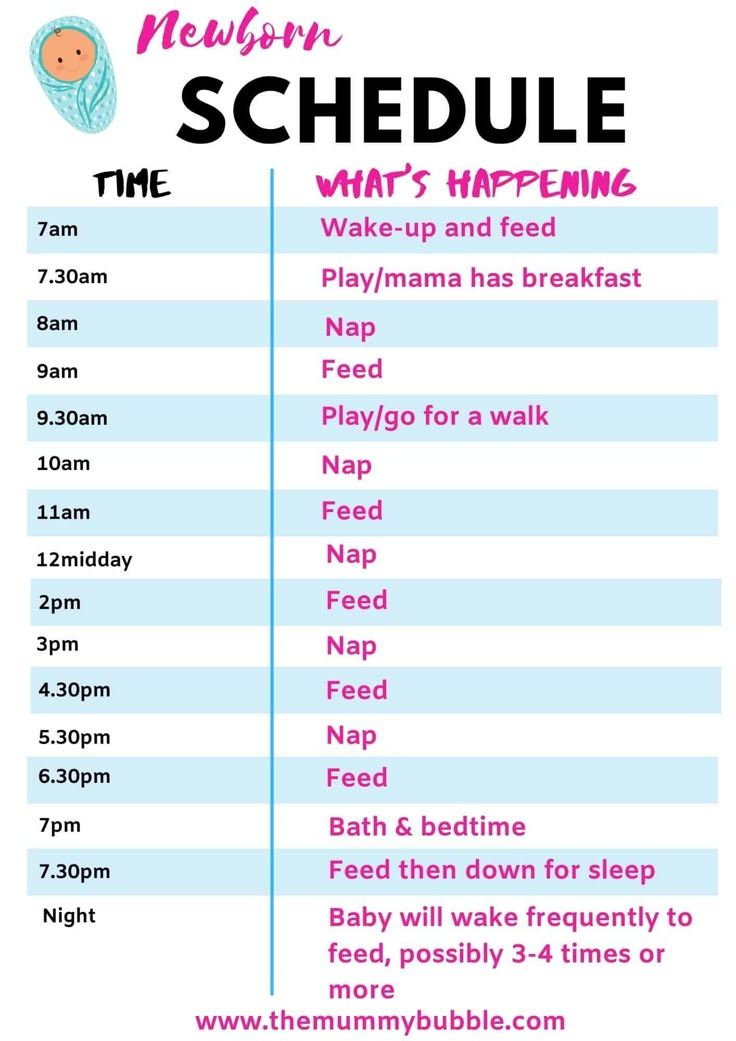
If your baby falls asleep after only a few minutes, gently rouse them and encourage them to continue feeding.
If you can get your baby to take full feeds for the first week they’ll naturally rest well, both day and night.
I know it can be super hard for you to get through this (emotionally and mentally), but you will get through it. You’ll likely do some contact napping during this period as well, which is precious and sweet in this early phase.
There’s a tendency to just let baby feed for a few minutes here and there and sleep here and there. This feels natural, but if you are a first time mom particularly it’s very hard to begin to understand baby’s cues.
Why?
Because baby seems to be fussing a lot and then falling asleep a lot and you don’t know when they’re tired or when they’re hungry. THIS IS WHY routines (even loose ones) are so beneficial to baby and mom.
Baby doesn’t need to cry to make their needs known if they are just well fed and well slept from the get go.
Sample One Week Schedule:
- 7:00 am – full feed, burp, diaper change, wake up and play time
- 8:10 am – wind down routine, down for nap
- 9:30 am – baby wakes up, full feed, diaper change
- 10:45 am – wind down, down for nap
- 12:00 pm – baby wakes up, full feed, “play time”
- 1:30 pm – wind down, down for nap
- 3:00 pm – baby wakes up, full feed, “play time”, bath time, family time, etc.
- 4:15 pm – wind down, down for nap
- 5:30 pm – baby wakes up, full feed, sits with family for dinner in infant seat or mom’s lap, family time
- 7:30 pm – cluster feed (tips on that here), wind down, down for nap
- 9:30 pm to 10:30 pm – dream feed (how to do that and when) (swaddled, of course), immediately back down to bed
- Night feeds throughout the night as baby wakes up
Read These While You’re At It
WEEK 2
By now you are probably well and truly exhausted. And, if your baby has their days and nights all turned around, even more so.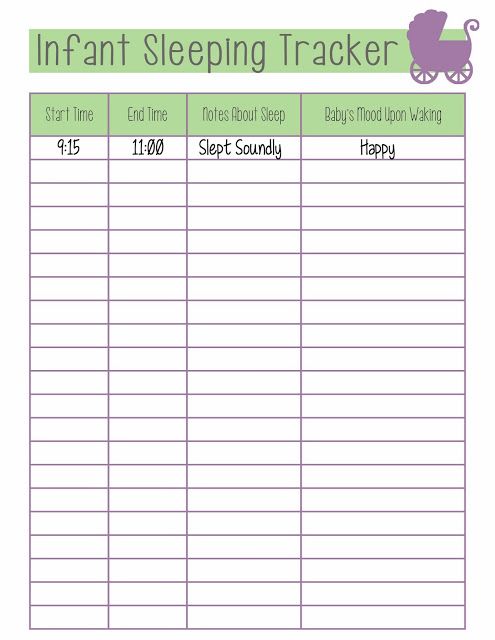
Maybe you’ve even fallen prey to the biggest baby sleep myth I can think of. That of – keeping baby awake so they are tired and will sleep more. This is not the case.
While newborns do have a strong homeostatic drive (a drive to go to sleep), they will have a hard time falling asleep and staying asleep if they are overtired.
They’ll get into the dreaded overtired cycle which is when they’re too tired to eat well and too hungry to sleep well.
With your 2 week old baby, if you keep working on giving baby full consistent feeds (probably every 2 to 3 hours), you can also begin working on their day/night confusion.
Sounds scary?
It doesn’t have to be!
Nap Times Cheat Sheet
Learn how to space naps, how many a day per age, best times, etc. and get your nap game ON!
How to clear up day and night confusion:
- During the day when baby is awake and feeding, open windows, turn on lights, and keep things very bright
- At night, 8:00 pm and later, do all feeding, hugging, cuddling, diaper changing, in very dim or dark conditions
- After feeding your baby during the day, attempt to keep them awake for at least a few minutes by singing, cooing, playing, and bonding
- If your baby seems fully awake in the middle of the night, try turning on very bright lights which will cause baby to shut their eyes (I’ve heard good things about this trick)
- Don’t allow more time than 3 hours between feedings during the day, even if they are still sleeping.
 Wake them up and feed them again if they continue sleeping. You don’t want a 5 hour stretch to happen during the day, you want it to happen at night
Wake them up and feed them again if they continue sleeping. You don’t want a 5 hour stretch to happen during the day, you want it to happen at night - At night, feed them whenever they wake up and are hungry, but let them determine how frequent that is
- At night, avoid stimulating, playing, cooing, singing, or any other behaviors that will encourage baby to stay awake
- Work on your swaddling with these helpful tips.
At this point your baby is getting the hang of the outside world and you are getting the hang of this period.
Newborn Settling Guide
Tried-and-true *hands on* newborn settling strategies that even the most fussy (or wide-awake-sleep-refusing) newborns cannot resist!
Learn More
Pro Tip
If baby is napping quite long stretches during the day, then saving his fussiness for night…. this could be day/night confusion.
I have had a few babies who would sleep well all day for naps and then would have a two hour stretch at night where they were fussy and not able to be consoled.
This was day night confusion.
I kept on having the baby take shorter naps during the day and making sure they saw lots of sunlight, etc. and within a few days the day night confusion had sorted itself out.
Continue feeding your baby full feeds as you look forward to the next week or two when a more routine day can be expected for both you and baby.
WEEK 3 of the Newborn Sleep Schedule
Now that your baby is about 3 weeks old and is getting the hang of full feeds and has their days and nights mostly fixed, it’s time to start thinking about teaching your baby to fall asleep on their own.
Why worry about this so early?
Here’s why… because they are probably already doing it at this point and their drive to sleep is still strong.
2 and 3 week old babies often go to sleep on their own without much fuss, and if you want that to continue then now is the time to start good habits. Some babies won’t fall asleep in the bassinet, but you can help achieve this without much fuss.
Some babies won’t fall asleep in the bassinet, but you can help achieve this without much fuss.
As babies get bigger they’ll stop this and that’s when you get in a pickle. Moms find themselves victim of the nap trap with no end in sight.
Having to jump through hoops and use newfangled vibrating equipment, washing machines, and cars to get baby to sleep.
Baby Sleep Cards & Checklists
These lovely cards and checklists will help you create and keep healthy wind down and sleep routines for your little ones.
Learn More
A note on sleep patterns and cycles
Within the first 6 weeks after birth, babies typically take a nap between their 2 or 3 hourly feeds.
For the first three weeks of a baby’s life, they are relying on maternal melatonin to help them prepare for sleep and their drive to sleep (homeostatic) is strong.
Sleep cycles typically last about 45 minutes to an hour for newborns.
0-10 minutes they start to fall asleep, 10 to 20 minutes they are getting into deeper sleep.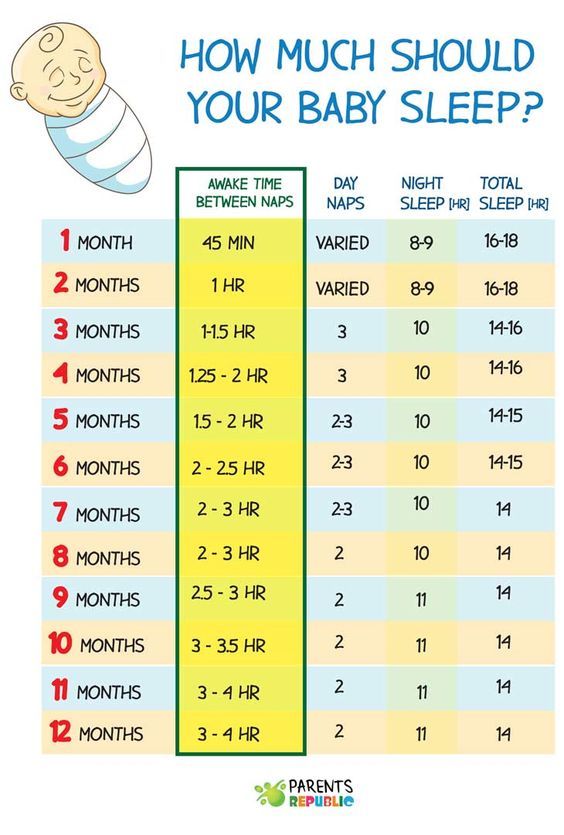
20 to 30 minutes they are heavily asleep, 30 to 40 minutes they are coming out of heavy sleep, and 40 to 50 or 60 minutes they are in light sleep and easy to wake up.
This is why if you help baby to sleep by patting or shushing, but only do it for 5 minutes, baby wakes up or cries.
It’s because they are not yet in deep sleep.
@amotherfarfromhome Are you doing this right? #babymommas #momminghard #babysleepconsultant #babysleepingtips #momlifeproblems #sahmof5 #sahmoms #stayathomemommylife #athomemom #athomemoms #youngmomproblems #momofbaby ♬ FEEL THE GROOVE – Queens Road, Fabian Graetz
How to get your newborn to go to sleep on their own:
- Do not let your little one get overtired (more on that here)
- Learn the fine art of putting your baby to sleep awake but drowsy.
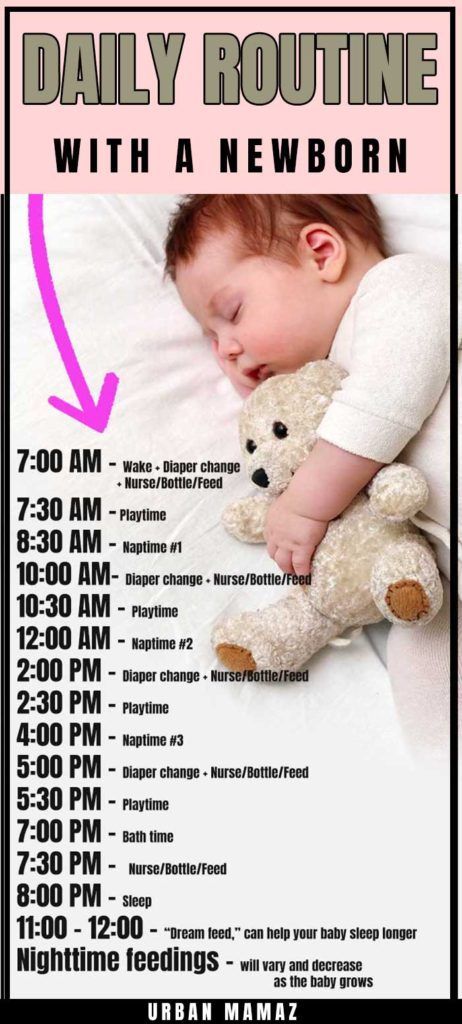 This means before your baby has fully conked out, but while they are yawning, doing the “eye roll” or rubbing their eyes, you can set them in their crib to do the final hard work of falling asleep on their own
This means before your baby has fully conked out, but while they are yawning, doing the “eye roll” or rubbing their eyes, you can set them in their crib to do the final hard work of falling asleep on their own - Give the baby a pacifier. This is one of the best ways to help your baby learn to calm down on their own. The pacifier also becomes a positive sleep association (here’s what sleep associations are and do) and gives your baby a way to soothe themselves into sleep. This is my preferred pacifier because it rarely falls off and by 3 months babies can hold it themselves.
Sleep Little Lamb
Create sustainable sleep habits for your little lamb so the whole family can sleep peacefully without the stress, drama, and tears.
Learn More
- Perfect your naptime or bedtime routine (effective quieting routines can be found here) as another positive sleep association. Songs, rocking, hugging, and patting are great ways to help baby calm down.
 Diaper change, lights down low (even in daytime), and white noise communicate “sleepy time.”
Diaper change, lights down low (even in daytime), and white noise communicate “sleepy time.” - When baby is well fed, changed, and not overtired, simply put the baby in their own crib while they are drowsy and let them learn to fall asleep on their own. They will likely stare off into space for a time, if not fall right to sleep. This is okay. This is right!
- In the meantime, you can even help them to sleep in and take longer naps.
Next, we’ll talk about finding and crafting a good routine for a baby that meets all their needs in a timely way that encourages full bellies and rested babies.
Newborn Sleep Schedule SUMMARY
Download and keep this handy to make sure you are prepared for the weeks to come.
WEEK 4 the of Newborn Sleep Schedule
Now that both you and baby are good and used to one another, it’s time to find a mutually beneficial routine and get your newborn on a schedule.
A routine that serves the needs of your infant for nourishment, sleep, and lots of mommy bonding.
As well as a routine that allows mom to take care of herself, meet the needs of other children, and maintain a working and functioning home without compartmentalizing your life.
How to find a good rhythm, routine, or schedule:
- Determine the average time between feeds. If your baby usually goes between 2.5 to 3 hours between feeds, create a routine based on those times.
- Start your day at a consistent time. Choose a time each morning (say, 7 a.m.) and feed the baby every single day at that time. Soon your baby will sleep until 7 and that’ll be your normal start to the day.
- Write down a feasible schedule that allows 2.5 to 3 hours between feedings with nap times in between each feed. See my sample newborn routine with all its times here.
- Make sure general feeding times don’t coincide with other major activities you can’t change like car pickup, dinner time, or the bedtime routine of older children. Of course, you’ll have to be flexible, but take these times into consideration and attempt to feed before or after those events.
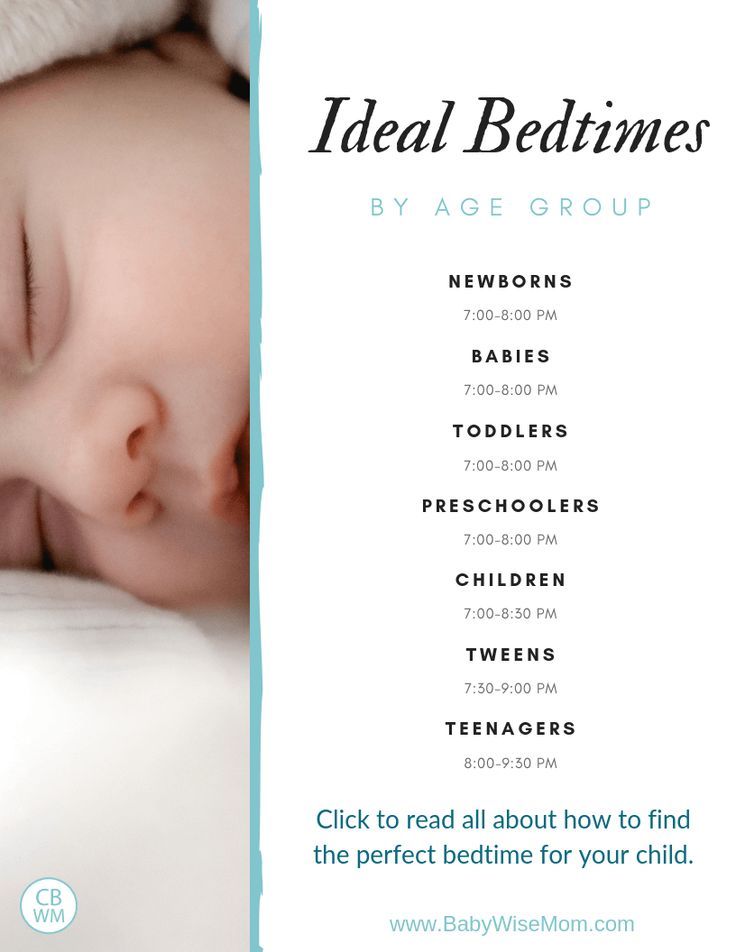
- Cluster feed during the late afternoon early evening, more on that here.
- Get the baby sleep routine cards, the baby sleep checklists, AND all 25+ routines for babies aged 6 weeks to 5 years right here.
- Make sure to wake baby up to maintain your routine during the day. Don’t let baby sleep for 4 hours during the day because, inevitably, she’ll need to feed twice during that period at night to make up for it. At night, let the baby sleep as long as they are able between feeds. You determine day, they determine night.
If you still have questions about how to craft a routine, here are my routine archives full of practical tips age by age.
The joy of a routine…
The joy of a routine cannot be understated.
And the main reason routines “fail” is because the mother just doesn’t like them and doesn’t follow through.
Babies, on the other hand, love them.
If you keep a good rhythm or routine then you’ll quickly (within weeks or less) learn to decipher hunger cries from tired cries from gas and pain cries. I’m serious. Routine helps you say… “Hmm, baby fed 45 minutes ago so it isn’t hunger (if you did full feeds!) so must be gas.”
I’m serious. Routine helps you say… “Hmm, baby fed 45 minutes ago so it isn’t hunger (if you did full feeds!) so must be gas.”
Then you burp and VOILA. Baby is comfortable again. Or, baby wakes up crying and you look at your watch and see.. “Oh, it’s been 3 hours… baby is ready for a feed!”
If you do no routine and just feed for 4 minutes all day long you never know what baby actually wanted.
Sample 4 Week Old Baby Sleep Schedule
- 4:30 am – feed baby swaddled (no lights on), put immediately back down to sleep
- 7:00 am – wake up, feed unswaddled (here’s why) in well lit area, play time
- 8:15 am – wind down routine, down for nap awake but drowsy (first nap of the day is the most important!)
- 10:00 am – wake up, full feed unswaddled, play/bathe/errands/ tummy time
- 12:45 pm – wind down routine, down for nap
- 2:45 to 3:00 pm – wake up, full feed, play/family time
- 4:15 pm – down for nap
- 5:30 pm – cluster feed, bath/family time / sit with family at dinner
- 6:30 pm – cat nap
- 7:00 pm – get baby up, wind down routine
- 7:30 pm – cluster feed (what that is, here) swaddled then immediately down for nap
- 9:30 pm to 10:00 pm – feed again swaddled, put immediately down to sleep
- Feed at night as baby wakes up
WEEK 5 of Newborn Sleep Schedule
The dream feed is one of the most important feeds of the day. Or night, rather.
Or night, rather.
Why?
Because it’s what will help baby get a longer stretch of sleep through the middle of the night and it’s what’ll help you do the same!
A dream feed is essentially a feeding you give the baby between 10:00 pm and 11:00 pm or so, right before you go to sleep.
It helps “top the baby off” so to speak and will hopefully allow you both an extra hour or two of uninterrupted sleep.
This feed is important because it works to fill the baby’s tummy during early evening hours so they learn to sleep long stretches.
It is also the last feed you’ll likely drop.
When you have only one nighttime feed left (and your baby is sleeping until your desired morning time) this will be that feed.
28 Things To Do If Baby Won’t Sleep CHECKLIST
Here’s a handy dandy list of 28 things to try so baby will stop fighting sleep and sleep longer and later.
Dream feed Basics:
- Baby will not likely wake for this feed since they’ll have had a couple of feeds just a few hours earlier in the night.
 This means you will wake the baby, likely right before you go to sleep, and feed her.
This means you will wake the baby, likely right before you go to sleep, and feed her. - Babies can be historically sleepy at this feed and not drink very much. When you wake baby, do a diaper change, re-swaddle, and try to feed the baby as much as they’ll take. If they nod off after a few minutes, use a wet wipe to wake them up and get them drinking again.
- If your baby won’t wake up, wait 20 minutes and try again.
- Feed in a dim or dark room so baby does not associate this feed with stimulation, but simply feeds half asleep then goes back down in their crib fast asleep. These are part of a basic calming quieting wind down routine.
- This feed will be maintained until baby is sleeping fully through the night until morning. And I don’t mean 5:00 am. I mean 6:00 am or later. You’ll drop early morning feeds and be left with the dreamfeed. When you feel confident your baby can sleep through the entire night without milk, then you drop this feed.

This feed may be tricky to get the hang of since baby is so drowsy, but it’s worth its weight in milk.
Erm, gold!
- White noise machine
- Swaddle that allows diaper changes without unswaddling
- Pacifier to help baby settle between feeds and at rest times
WEEK 6 of Newborn Sleep Schedule
Morning wake times.
This is one of the most important habits you can start with your 6 week old baby. Why decide a morning wake time?
Well… it’s simple.
If you feed them at a consistent time each morning, that’s the time they learn to sleep until.
So, if you feed your baby at 5:30 am and then start the day… their metabolisms and body clocks will get used to waking up for good at 5:30 am.
You probably want to avoid this.
How to choose a morning wake time:
- Choose a time that is suitable to your family routine and consistently feed them at this time.
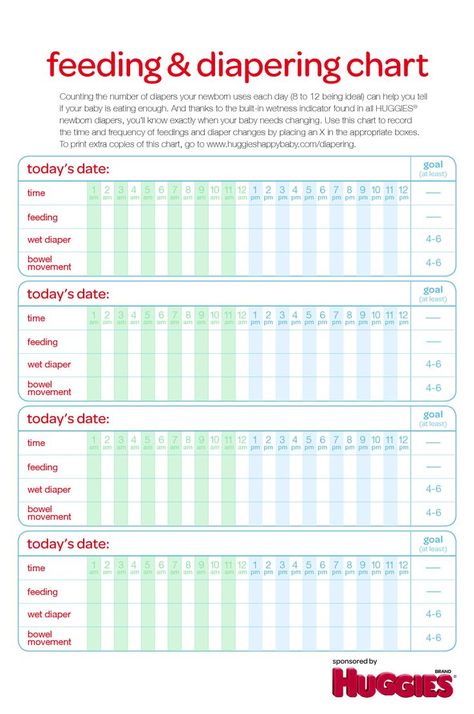
- Every morning, aim to feed your baby at this time even if they’ve fed as soon a 1.5 hours before.
- If need be, gently rouse your baby up around 4 or 4:30 am and feed them as full a feeding as they will take, then wake them up again at the time you’ve determined is their “morning wake time.”
- And, if they wake earlier than this time but are not crying for milk, cuddle, hold, play with, and rock baby until that time comes. If the baby is extremely hungry, feed baby of course. Try to get a full feed in there and then get back on routine throughout the day.
- Remember consistency is key. Your baby’s body will get used to eating at a certain time and will slowly but surely start sleeping a lot closer to that time.
At this point your baby takes full feeds, has a good routine, is learning to put himself to sleep, and has established dream feeds and morning wake times.
You are nearly there! You are a newborn sleep pro!
If you are going back to work at this point, you may want to teach your baby to sleep well at someone else’s house.
Sleep Little Lamb
Create sustainable sleep habits for your little lamb so the whole family can sleep peacefully without the stress, drama, and tears.
Learn More
Reasons newborn babies cry
- They are hungry and need to feed (make sure you are offering full feeds, otherwise baby will snack and you’ll find it difficult to differentiate a hunger cry from another cry)
- They are tired and need to nap. Essentially newborns nap between each feeding. If baby has been up more than 1.5 hours then they are tired, and likely overtired.
- They are physically uncomfortable. Baby may have a wet diaper, dirty diaper or be too hot or cold. Generally, newborns need about one more layer than we do!
- They have reflux and it’s uncomfortable. You will see your pediatrician, of course, for this, then use the information here to keep baby as comfortable as possible until they outgrow this.
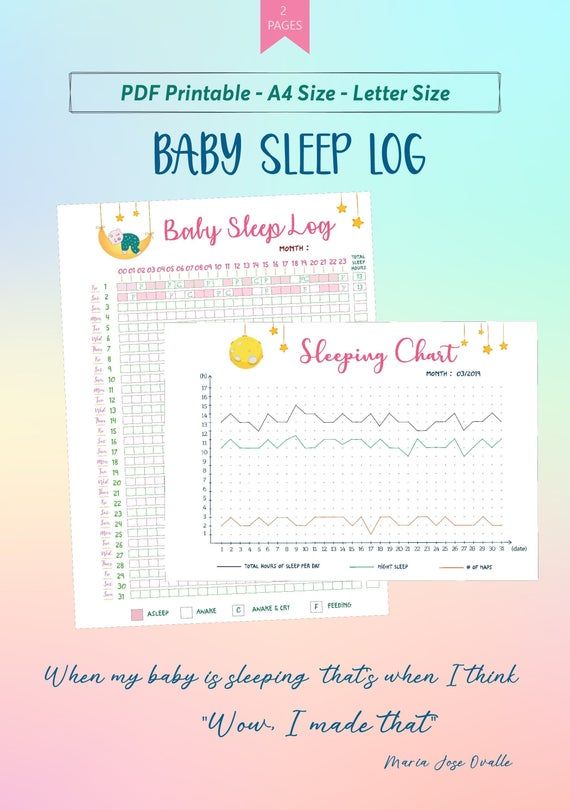
- They have colic and/or are letting off steam. Newborns don’t usually develop colic until around 6 weeks or so, but some crying is normal with newborns. It’s the only way they can communicate. Our job is not to stop their crying as quickly as humanly possible, but to learn to decipher their cries so we can meet their needs appropriately and promptly.
- They are whiny for one of these 8 reasons.
View this post on Instagram
A post shared by Rachel Norman (@momfarfromhome)
Newborn Sleep Schedule SUMMARY
Download and keep this handy to make sure you are prepared for the weeks to come.
Sources:
- American Academy of Pediatrics Sleep Guidelines
- Newborn Sleep Patterns
- How Often To Breastfeed
::
Baby Sleep and Feeding Schedules By Age
The proper baby sleep schedule can help your baby sleep better at night and take better naps.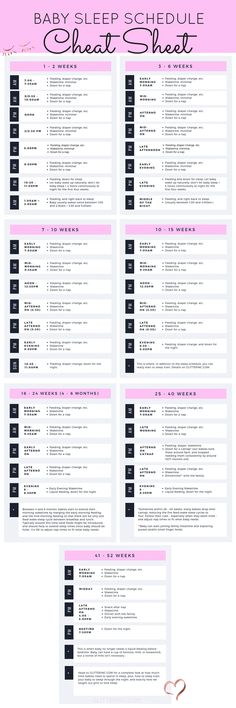 This page has sample sleep schedules including feedings for babies and toddlers at different ages. As a sleep consultant for over 10 years, it’s important for you to know there is no one-size-fits-all schedule that works for every baby. Use these as a guideline to find the right schedule for your baby!
This page has sample sleep schedules including feedings for babies and toddlers at different ages. As a sleep consultant for over 10 years, it’s important for you to know there is no one-size-fits-all schedule that works for every baby. Use these as a guideline to find the right schedule for your baby!
What Age Can You Put Your Baby on a Schedule?
You can put your baby on a sleep schedule almost from birth but it’s important not to be too strict until your baby is at least 6 months old. Newborns need to eat and sleep on demand to support a rapid period of growth and development. Once your baby can tolerate staying awake for 2-3 hours at a time, a more consistent schedule can be used.
Even if your baby is young, you can put your baby on a schedule largely based on their “nap gap.” This is the amount of time between sleep periods, including the time between naps and between their last nap and bedtime.
Sample Baby Sleep and Feeding Schedules By Age
Here is a list of our free sample baby sleep and feeding schedules, for your convenience.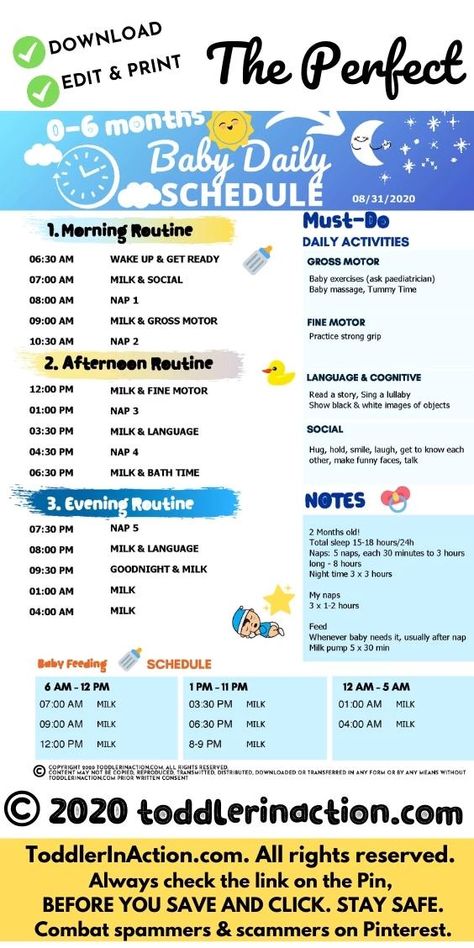 We strongly recommend you bookmark this page; both the sample schedules below, and the customized schedules you can generate using our simple custom sleep schedule maker (see next section for details) will grow with your child, and will be useful for a long time to come.
We strongly recommend you bookmark this page; both the sample schedules below, and the customized schedules you can generate using our simple custom sleep schedule maker (see next section for details) will grow with your child, and will be useful for a long time to come.
Keep in mind that newborn schedules are generally much more variable than older children’s schedules. A baby doesn’t really get on a clock-based schedule until 6 months old, on average, though some are naturally more predictable than others. Some older babies and toddlers can struggle with schedules that are too rigid to the clock, so you will want to use what you know best about your own baby or toddler to adjust your schedule to fit his or her personality and temperament. If you need help with a personalized sleep and feeding schedule, we can help you there, too!
Newborn Schedules
Newborns need between 14 and 17 hours of sleep in a 24-hour period and can stay awake 1-2 hours at a time, on average.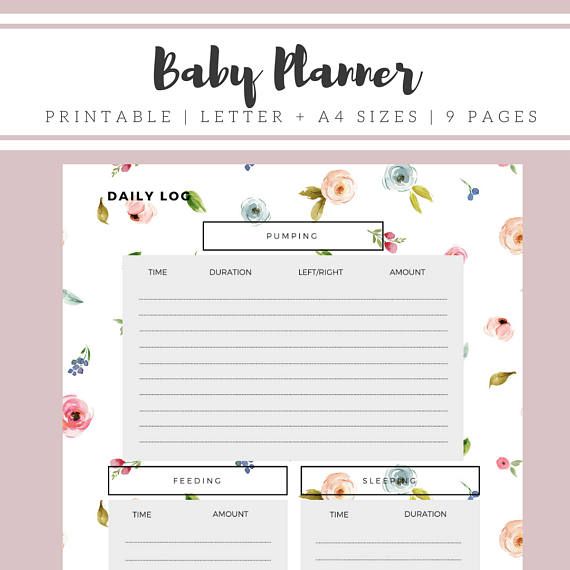 An early bedtime doesn’t form until around 8-12 weeks old, on average. Before then, you will want to keep bedtime later around 9 or 10 p.m. like yours. Otherwise, your baby might start the day too early.
An early bedtime doesn’t form until around 8-12 weeks old, on average. Before then, you will want to keep bedtime later around 9 or 10 p.m. like yours. Otherwise, your baby might start the day too early.
- Newborn Day / Night Confusion Explained
- Newborn Sleep Patterns, Growth Spurts, and Schedules Up to 8 Weeks Old
- Newborn Schedules By Week Up To 16 Weeks Old
- 2 Month Old Baby Sleep Schedule and Development
- 3 Month Old Baby Sleep Schedule and Development
- Eat-Play-Sleep: Pros and Cons
- >How to Get My 2, 3, or 4 Week Old To Sleep
You may also be interested in…
- When Can I Put My Baby on a Schedule?
- How To Put Your Baby On a Nap / Sleep Schedule
- Feed on Schedule or Feed on Demand?
Baby Schedules
Babies 4 to 10 months old need an average of 14 hours of sleep a day with 11-12 hours at night and 2-3 hours during the day. Many babies night-wean in this age range but it varies depending on whether you’re breastfeeding or formula-feeding.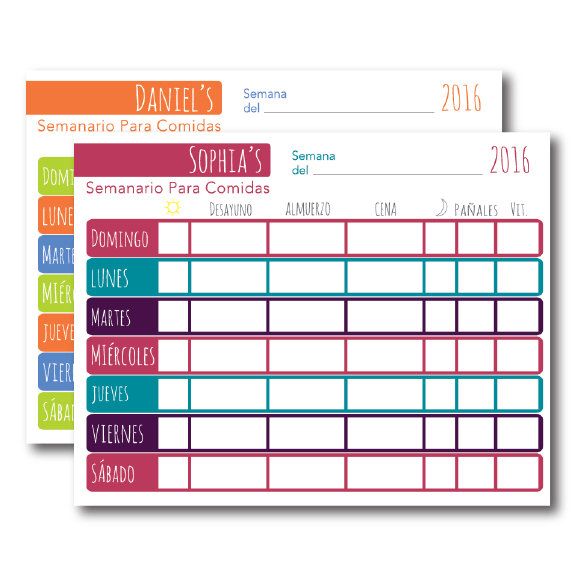 Each schedule below will discuss what to expect for babies at that age.
Each schedule below will discuss what to expect for babies at that age.
- 4 Month Old Baby Sleep Schedule
- 5 Month Old Baby Sleep Schedule
- 6 Month Old Baby Sleep Schedule
- 7 Month Old Baby Sleep Schedule
- 8 Month Old Baby Sleep Schedule
- 9 Month Old Baby Sleep Schedule
- 10 Month Old Baby Sleep Schedule
You may also be interested in…
- Wake Windows By Age Chart
- Night Feedings by Age and When Do You Night-Wean?
- Schedules for Breastfeeding and Formula-Fed Babies
- How Rigid Should Your Baby’s Sleep Schedule Be?
Toddler Schedules
Toddlers need 13-14 hours of sleep a day with 10-12 hours at night and 2-3 hours during the day. The average age to transition to one nap is 15-18 months old though quite a few 13-14-month-olds will, too. And, the average age to stop napping is 3-4 years old.
- 11 Month Old Baby Sleep Schedule
- 12 Month Old / 1 Year Old Toddler Sleep Schedule
- Why Not All 12 Month Olds Transition To One Nap
- When Do Babies Drop to One Nap? 5 Signs to See Before Switching
- Toddler Sleep Schedules By Month — From 12 Months to 3 Years Old
- 3 Signs Your Toddler Is Ready To Stop Napping
Custom Baby and Toddler Sleep Schedule Maker
Use our schedule maker to get a custom sleep schedule that’s based on your child’s age and usual morning wake-up time! Use this in combination with our sample schedules above to create the perfect schedule for your little one.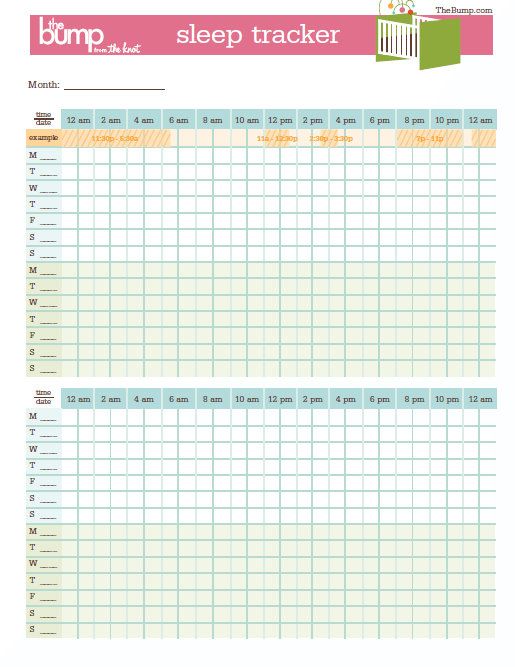 With an age range that spans 4 months to 3+ years, this schedule maker is one you will want to come back to again and again as your child grows!
With an age range that spans 4 months to 3+ years, this schedule maker is one you will want to come back to again and again as your child grows!
Click here to get your custom baby sleep schedule.
You may also be interested in…
- Schedules for Breastfeeding and Formula-Fed Babies
- How Rigid Should Your Baby’s Sleep Schedule Be?
- Sibling Series Part 2: Juggling Different Baby and Toddler Sleep Schedules
- Sibling Series, Part 3: How To Maintain Twins and Multiples Sleep and Feeding Schedules
Need Baby and Toddler Sleep Help? We Have the Resources You Need!
If you are tired of wading through stacks of baby sleep books that just aren’t working, if you are beyond exhausted and just can’t solve your child’s sleep problems on your own…than personalized sleep consulting is for you. Our team of expert consultants will create a Personalized Sleep Plan® just for your family and then support you through every step of implementing your plan. We encourage you to consider our personalized, one-on-one baby and toddler sleep consultation packages if you want to see real, meaningful results now. Your consultation package also includes ample follow-up help, designed to help you troubleshoot problems and tweak your plan as needed.
We encourage you to consider our personalized, one-on-one baby and toddler sleep consultation packages if you want to see real, meaningful results now. Your consultation package also includes ample follow-up help, designed to help you troubleshoot problems and tweak your plan as needed.
Looking for budget-friendly custom sleep help? Enjoy customized sleep help that works without breaking the bank! Our Express Sleep Plan® is customized to fit your baby’s unique sleep needs and to work with your parenting style and goals, and it’s also priced to work for even the tightest budgets. It’s also available instantly – just complete a brief questionnaire, submit your answers, and your Express Sleep Plan® is ready to download in moments! Grab your Express Sleep Plan® today!
Or, join our VIP Members Area packed with exclusive content and resources: e-Books, assessments, detailed case studies, ask the author, live chat with a sleep consultant, and more.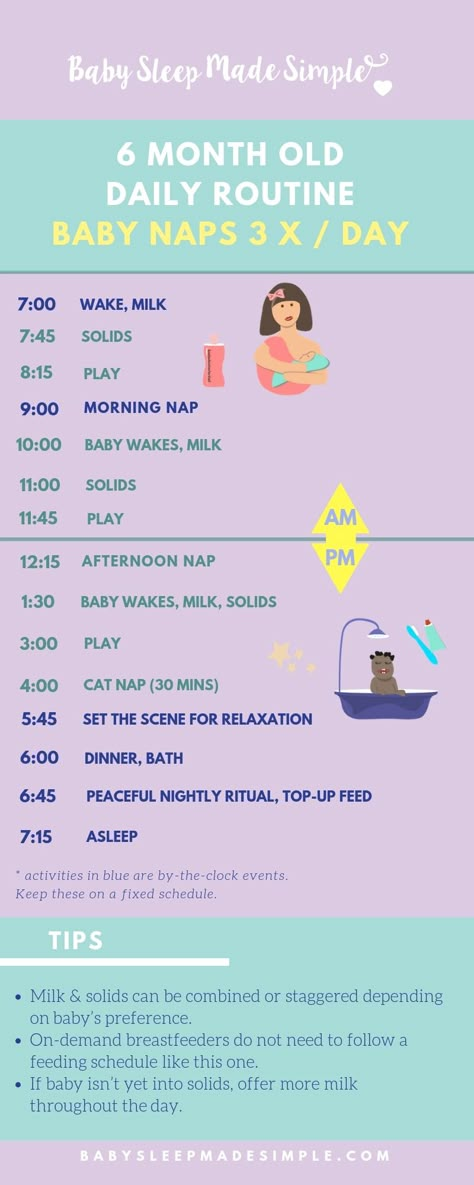 It costs less to join than buying products separately!
It costs less to join than buying products separately!
About Nicole
Nicole Johnson is the founder and lead sleep consultant of The Baby Sleep Site®. Since she began in 2008, and with the help of her team of sleep consultants, she has helped over 40,000 families improve their sleep. She has also held a position on the board of the International Association of Child Sleep Consultants (IACSC) since 2015. Millions of visitors land on The Baby Sleep Site each year, and Nicole and her team are here to find solutions for your family’s sleep problems that will match your baby’s temperament and your parenting style.
Learn More
Daily routine for a child under 1 year old
Daily routine is a system for distributing periods of sleep and wakefulness, meals, hygiene and health procedures, activities and independent human activities throughout the day.
Compliance with a rational daily routine corresponding to the age characteristics of the child contributes to his healthy growth and development. Getting used to performing various types of activities at the same time, the child is prepared for the upcoming type of activity at every moment of time, which ensures their easier and faster implementation. Compliance with the correct daily routine provides a good mood for the child and maintains a keen interest in the study of the world around him, contributing to his normal motor and psychoverbal development.
Getting used to performing various types of activities at the same time, the child is prepared for the upcoming type of activity at every moment of time, which ensures their easier and faster implementation. Compliance with the correct daily routine provides a good mood for the child and maintains a keen interest in the study of the world around him, contributing to his normal motor and psychoverbal development.
The child's daily routine includes the following obligatory elements: diet, time spent outdoors during the day, frequency and duration of sleep, compulsory classes to develop skills in accordance with age, free time.
In the first months after birth, a healthy newborn baby sleeps for most of the day, since all external stimuli are very strong for the nervous system of a child, accustomed to a cozy intrauterine environment, and cause its rapid exhaustion. As the child grows older, the duration of sleep gradually decreases and the time of wakefulness increases.
| Age | Daytime sleep mode | Night sleep | Wake mode |
| From birth to 2 months | 6 x 2. 5 hours 5 hours | 6 hours | During feeding |
| 2-4 months | 5 times 2-2.5 hours | 6.5 hours | 4 x 1.5 hours |
| 4-6 months | 4-5 times for 2 hours | 7 hours | 4 times 2 hours |
| 6-9 months | 3-4 times for 1.5-2 hours | 8 hours | 4 x 2.5 hours |
| 9-12 months | 2 x 1.5-2 hours | 9-10 hours | 4 times for 3-4 hours |
Closely related to the sleep-wake mode is the feeding mode of the baby. The sleep of a child in the first months of life is very sensitive and is easily disturbed under the influence of various extraneous stimuli, including hunger.
| Age | Mode | Example |
| From birth to 2 months | 7-8 times, every 3 hours | 6,9,12,15,18,21,24 (no night feeding) |
| From 2 to 6 months | 6-7 times, every 3. 5 hours 5 hours | 6, 9.30, 13, 16.30, 20, 23.30 (without night feeding) 6, 9.30, 13, 16.30, 20, 23.30, 03 (with night feeding) |
| From 7-12 months | 5 times, every 4 hours | 6,10,14,18,22 |
A child's stay in the fresh air is essential in the daily routine. The total duration of stay in the open air for children under 1 year of age should be at least 5-6 hours a day. Fresh air has a calming effect on the baby, improves metabolic processes, and increases the body's defenses. In summer, all games and activities should be held outdoors; in the cold and transitional seasons, two one-time walks of 1.5-2 hours are provided.
Fresh air also has a beneficial effect on sleep. By acting on the skin and mucous membranes of the nose and upper respiratory tract, it provides a faster fall asleep of the child and a higher quality of sleep. Sleeping outside can replace a walk, especially during the cold season.
The child's daily routine is generally individual, but ideally, one should strive to ensure that the child eats after waking up, and then stays awake until the next sleep. A well-slept baby eats with appetite and then calmly and actively plays or engages, and tired of games, easily goes to sleep.
When your baby is awake, try to keep him active and cheerful. It is necessary to dress the child in loose clothing that does not hinder movement, provide access to toys appropriate for his age, and most importantly, actively participate in games and activities with the baby as a whole family.
Author - Physiotherapist - DMITRIENKO T.G.
sleep, feeding and development of the baby
04/11/2019
108
By 4 months, the biological rhythms of the child are finally formed, and the structure of his sleep becomes the same as in adults. Therefore, the old ways of laying often stop working, the baby may fall asleep longer, wake up more often at night and constantly breastfeed, and the existing daily routine may no longer work. What to do in this case?
What to do in this case?
Use our tips to improve your child's routine!
4 months
At this age, children still cannot live according to a clear daily schedule, as they still sleep short dreams during the day and are not able to stay awake for a long time. Therefore, the daily routine of four months. is built based on the time of wakefulness, which is no more than 1.5-2 hours between sleeps. At the same time, an infant needs 9-10 hours of sleep per night with awakenings for feeding and 3-4 daytime sleeps with a total duration of about 4-5 hours. That is, the baby will sleep with this schedule 3-4 times a day. The time of evening bedtime will vary and depend on the end of the last day's sleep. To get your baby to bed on time, be alert for signs of fatigue and stay awake for more than 2 hours. So you will prevent overworking the baby, which will improve the quality of his nightly sleep and reduce the number of night awakenings. Morning should start no later than 07:00-07:30 to form the physiological regime of the day.
What to do if a 4-month-old baby slept well but now has trouble getting to bed:
-
Enter your bedtime ritual if you haven't already. In the evening, this can be bathing, light massage, putting on a diaper and clothes for sleep, lullaby and feeding. During the day, the ritual can be left the same, only without hygiene procedures. The ritual should be repeated daily and consist of the same actions. It is carried out by one person - either mom or dad.
-
Check that the room has suitable sleeping conditions for an infant: the temperature is no more than 21-23 degrees in winter and no more than 25 degrees in summer, and the humidity is approximately 40-60%. It is also important to darken the room for all dreams, including daytime, and use white noise.
-
Organize the rest of the baby in the crib. The last daytime nap can be done outside in a stroller.
-
Prolong the child's sleep by any means, if the morning and afternoon sleep lasts no more than 30-40 minutes.

-
If nothing helps and the baby still constantly wakes up at night, neither motion sickness, nor the breast, nor the nipple work to prolong sleep, then it is worth teaching the child to fall asleep on his own.
-
Make sure your baby gets enough sleep. Otherwise, overwork will accumulate, which will manifest itself in frequent nocturnal awakenings. This is where following a routine can help.
Check our chart to see if your baby is getting enough sleep
How many feeds does a baby need at night?
At four months old, breast milk or formula is still the main food in his diet.
The diet of the breastfed baby this month will consist of feedings every 3-4 hours. The volume of breast milk drunk at a time will be about 118-210 ml. The duration of feeding may vary.
When formula-fed, the volume of the mixture should be calculated from the recommendations of the pediatrician.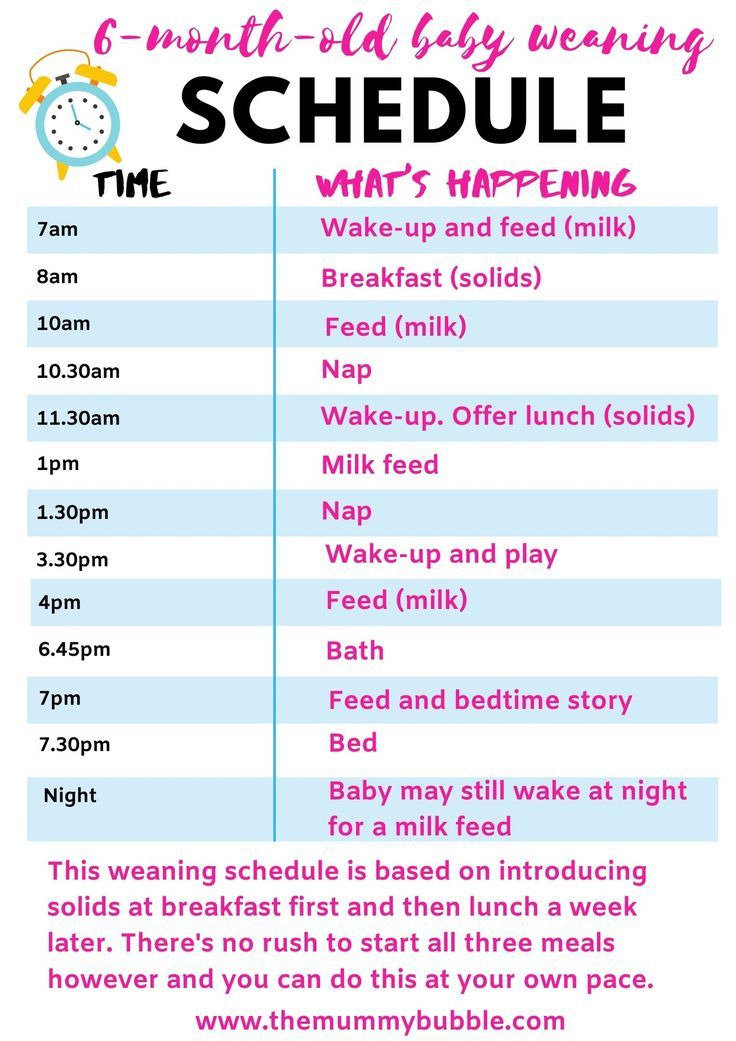 This is usually 1/6 of the child's actual body weight. At four months, the baby will eat 800-1000 ml. mixture per day every 3-4 hours during the day.
This is usually 1/6 of the child's actual body weight. At four months, the baby will eat 800-1000 ml. mixture per day every 3-4 hours during the day.
The baby is becoming more and more interested in the world around him and during feeding he can start to be distracted, not eat enough and make up for hunger at night. Therefore, it is better to feed the baby in a calm environment.
2-3 feedings are enough at night for a four-month-old baby.
Does the baby wake up at night shortly after feeding and start crying? It's best not to refeed him, but try to calm him down in other ways, such as petting his tummy and peeing. So the child will not form the habit of falling asleep only with the help of feeding.
Should we start complementary foods at 4 months? WHO (World Health Organization) recommends introducing complementary foods from 6 months. Therefore, before introducing adult food, it is worth consulting with a pediatrician.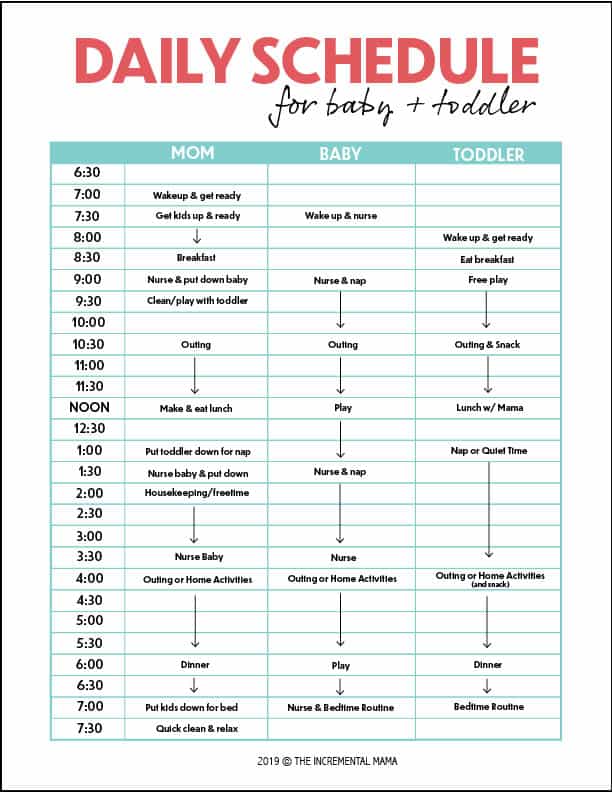
Physical development of a 4-month-old baby
The fourth month is the age when a child already knows a lot and masters new skills.
He is already confidently using both hands at the same time and grasping toys, colored and shiny objects near him. Soft books, teething rings are a good choice for this age.
For reading, choose large books with different textures inside to develop tactile sensations. Read and sing to your baby every day for a few minutes. This develops the attention and speech of the child. Take a closer look at children's bathing books - their puffy pages are easy to flip through. In addition, they still often squeak, and the pictures in them are bright.⠀
The baby already holds his head and chest well, being on his stomach and pushing off the surface with his hands. Also, the child can already begin to roll over from his stomach to his back and push with his legs.
The baby sees better, begins to distinguish colors and notice objects in the distance, although he still prefers to look at faces and things next to him.
During walks in the fresh air, tell the baby about the surrounding objects, point to them and describe them.
From the age of 4 months, the first teeth erupt. If the baby's salivation increased, redness appeared around the mouth, he began to bite, refuse to eat, became moody, his night's sleep worsened, then most likely the child has a new tooth. In the acute period, teething rings, anesthetic gel recommended by the pediatrician, more attention and warmth from the mother's side will help.
Important changes occur in communication with the baby at 4 months. He realizes that his mother is coming to his crying, and begins to use different sounds when communicating with others: oooh .., aah .., aha ... Catch the moment when the child “talks” more than usual and play “echo” with him. He says - you repeat.
Such a game gives the baby confidence that his mother listens to him and is happy to talk to him. And, of course, develops the speech of the child.

